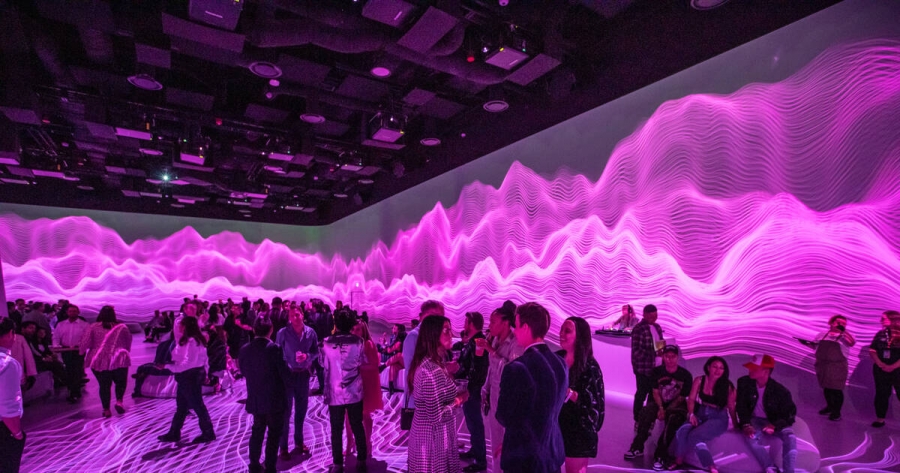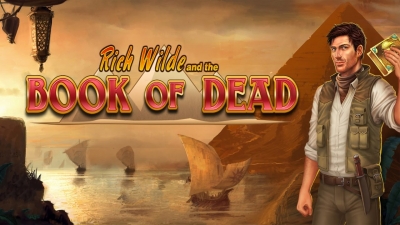Entertainment has long been an integral part of the human experience. From storytelling around campfires to the modern marvels of virtual reality gaming, our need for diversion and amusement has driven innovation and creativity throughout history. Today, as we stand at the intersection of technology and imagination, we find ourselves in an era where entertainment has evolved into a diverse array of interactive experiences. This blog will explore this fascinating evolution and delve into the art of entertainment in its myriad forms, including The Sun Vegas online casino.
From Passive Consumption to Active Participation
Traditionally, entertainment often involved passive consumption. We would watch a movie, read a book, or listen to music, immersing ourselves in the narratives and emotions crafted by talented creators. While these forms of entertainment continue to thrive, the digital age has ushered in a new era of interactivity.
Video games are perhaps the most prominent example of this shift. No longer mere distractions, they have become intricate and immersive worlds where players are active participants. The artistry in game design lies not just in the visuals but in the player's ability to shape the story, make decisions, and influence outcomes. Games like "The Witcher 3: Wild Hunt" and "Red Dead Redemption 2" are testaments to the evolving art of interactive storytelling.
Virtual Reality: Immersion Redefined
If video games are a step toward interactivity, virtual reality (VR) is a giant leap. VR has unlocked a new dimension of entertainment, allowing users to step into alternate realities. It's a technology that transcends the physical world's limitations, enabling us to explore fantastical realms, interact with characters, and engage our senses in unprecedented ways.
Whether you're defying gravity in "Beat Saber" or navigating an eerie haunted house in "Resident Evil 7: Biohazard," VR transports us to places we could only dream of. The artistry here is in the visual and auditory elements and in the design of experiences that fully immerse and engage our senses.
Escape Rooms: Puzzles and Adventure in the Real World
While digital entertainment grabs much of the spotlight, there's a growing trend in real-world interactive experiences, notably escape rooms. These physical adventures challenge participants to solve puzzles, uncover mysteries, and collaborate with others to escape within a set time limit. Escape rooms blur the line between reality and fiction, creating an art form where the physical space itself becomes a canvas for storytelling.
In an escape room, the artistry lies in crafting intricate puzzles that are both challenging and rewarding. The environment, props, and narratives must be seamlessly woven together to provide an immersive and memorable experience. Each escape room is a unique work of art, drawing players into a world of mystery and excitement.
Interactive Theatre: A Fusion of Storytelling and Participation
Interactive theatre takes the concept of audience engagement to a whole new level. Productions like "Sleep No More" and "Punchdrunk's The Drowned Man" invite theatregoers to step into the narrative, interact with characters, and explore meticulously designed sets. This blurring of lines between performer and spectator transforms the traditional theatre experience into something profoundly immersive.
In these productions, the artistry is evident in the choreography of both the actors and the audience. The narrative unfolds in unexpected ways, and each attendee's experience is unique. It's a form of storytelling that demands meticulous planning and a deep understanding of human psychology.
The Role of Technology in Interactive Entertainment
Technology has been the driving force behind the evolution of interactive entertainment. From advanced graphics in video games to the sensory immersion of VR, technology continually expands the possibilities of what is achievable. However, it's essential to recognize that technology alone doesn't make for great interactive experiences; it's the creative minds behind it that truly bring these worlds to life.
The Future of Interactive Entertainment
As we move forward, the art of entertainment will continue to evolve. New technologies like augmented reality (AR) and artificial intelligence (AI) promise to push the boundaries of what's possible. We can look forward to even more personalized and adaptive experiences that cater to individual preferences and abilities.
The art of entertainment has undergone a profound transformation from passive consumption to active participation. From video games and virtual reality to escape rooms and interactive theatre, we now have a vast array of interactive experiences at our fingertips. These experiences engage our senses, challenge our intellect, and transport us to new worlds.
As technology continues to advance, the future of interactive entertainment is limited only by our imagination and creativity, promising even more thrilling and immersive experiences for generations to come. So, whether you're wielding a lightsabre in VR or solving puzzles in an escape room, remember that you're not just consuming entertainment; you're actively shaping and participating in the art of storytelling and immersion.






